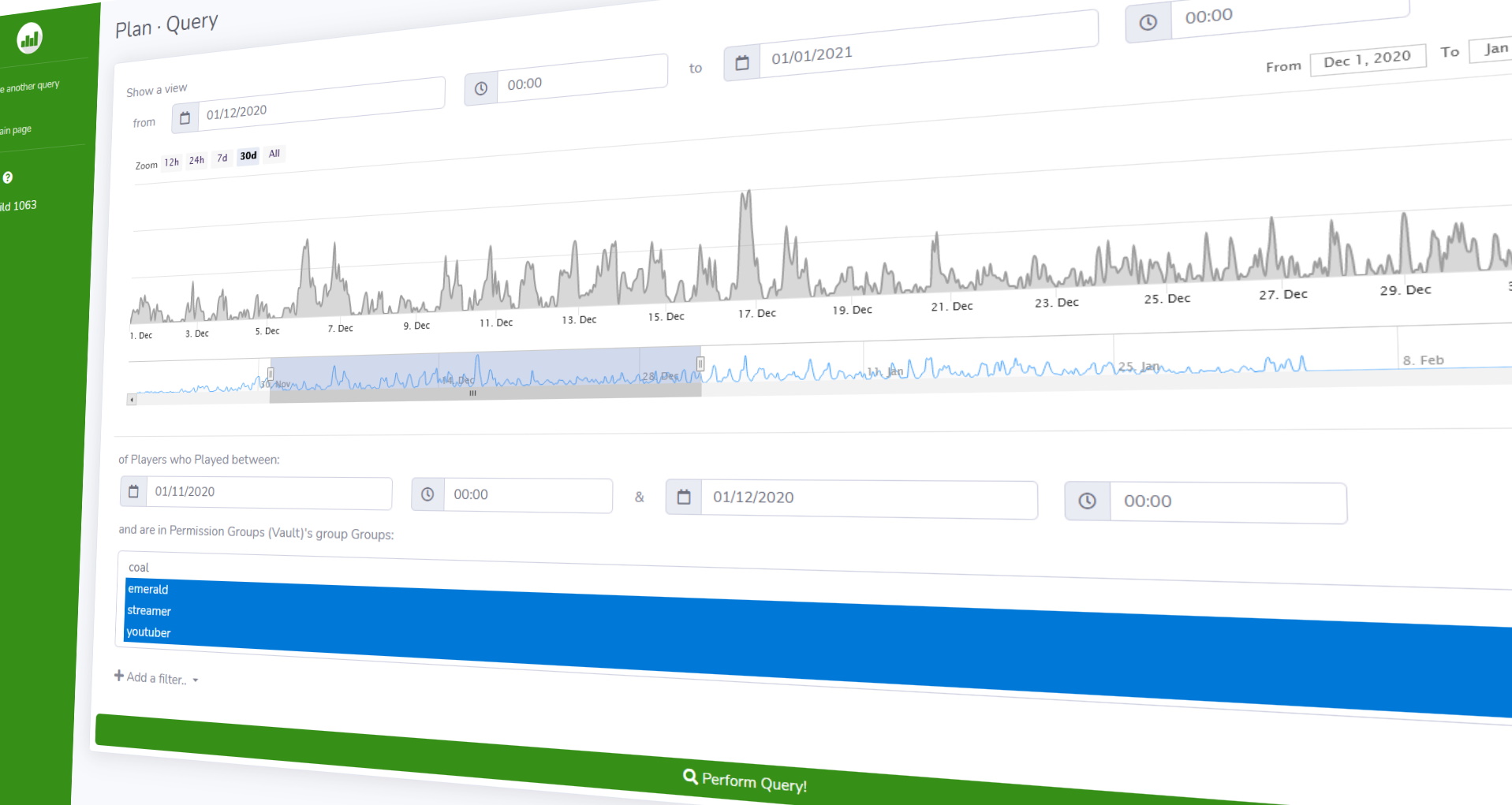Southeast Insights
Your go-to source for news and information from the vibrant heart of Shenyang.
Player Data Insights: The Hidden Secrets Behind Winning Strategies
Unlock the secrets to victory with player data insights! Discover winning strategies that top players don’t want you to know!
Unlocking Performance: How Player Data Can Transform Your Strategy
In the modern landscape of sports, player data has emerged as a crucial element that can significantly enhance your strategy. By harnessing advanced analytics and data visualization tools, coaches and teams can unlock valuable insights into player performance, injury risks, and overall team dynamics. This proliferation of data allows decision-makers to tailor training regimens and game strategies based on individual and team strengths and weaknesses. Consequently, embracing player data can lead to improved athlete performance, better game outcomes, and ultimately, a winning edge over the competition.
Furthermore, the integration of player data into your strategy not only optimizes in-game tactics but also informs long-term planning. Teams can analyze trends over the season, making it possible to identify not just what works, but also what doesn’t. For instance, tracking player fatigue levels through data collected over time can help in making informed decisions about player rotations during crucial games. As a result, leveraging player data is not just about immediate gains; it equips teams with the ability to develop sustainable success and adaptability in an ever-evolving sports environment.

Counter-Strike is a popular tactical first-person shooter that has captivated gamers for years. Players engage in team-based combat where they can choose to play as terrorists or counter-terrorists. For those looking to enhance their gaming experience, grab the duel promo code to unlock exclusive rewards and features.
Top 5 Hidden Metrics Every Coach Should Analyze for Winning
As a coach striving for excellence, it's essential to look beyond the obvious statistics and delve into hidden metrics that can significantly impact your team's performance. One crucial metric is player engagement. By analyzing how often players participate in training sessions and their involvement during matches, coaches can better understand their commitment and identify those who may need more motivation or support. Another important factor is mental resilience, which can be evaluated through player feedback and psychological assessments. This metric helps coaches gauge how well their team can handle pressure, adapt to challenges, and bounce back from setbacks.
Additionally, examining team communication can reveal insights into how players interact during games. By observing and recording verbal and non-verbal cues, coaches can identify strengths and weaknesses in teamwork that aren't reflected in traditional stats. Finally, metrics such as player fatigue levels can provide critical information on how to manage training loads and recovery times effectively. By keeping a close eye on these hidden metrics, coaches can make data-driven decisions that lead to improved team chemistry and increased chances of victory.
What Does Your Player Data Really Say About Your Game Plan?
Understanding the intricacies of player data is vital for shaping an effective game plan. By analyzing metrics such as player performance, movement patterns, and interaction with teammates, coaches can gain valuable insights into team dynamics. It’s essential to dive deep into the statistics that reflect individual strengths and weaknesses. For instance, if data shows that a player excels in offensive plays but struggles in defense, adjustments can be made to optimize their role, ultimately enhancing the overall team strategy.
Moreover, player data not only reveals how well a strategy is working but also informs future decisions. Trends identified through rigorous analysis can predict potential outcomes and highlight areas requiring improvement. Consider creating an ordered list of key metrics to track, such as:
- Goals and assists
- Pass completion rate
- Defensive actions
- Player fatigue levels
By consistently monitoring these statistics, coaches can refine their game plan, ensuring that it evolves with the team's progress and individual player's development.